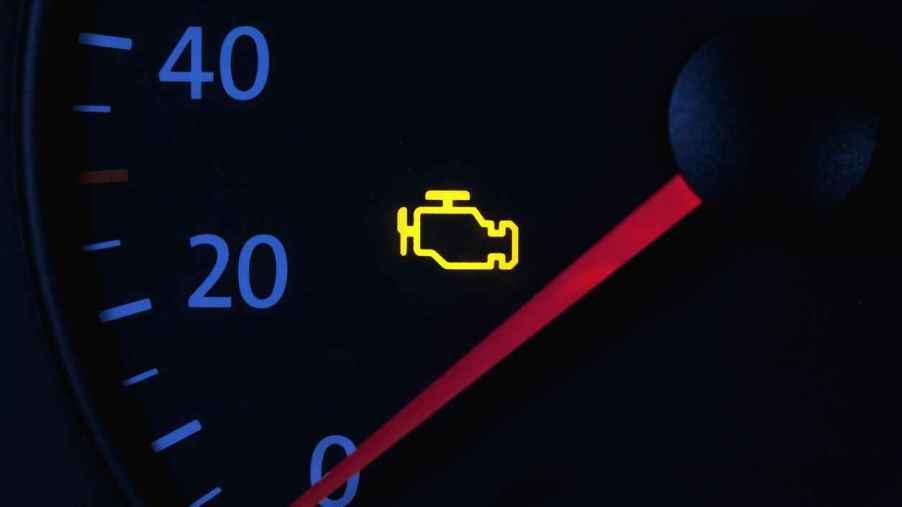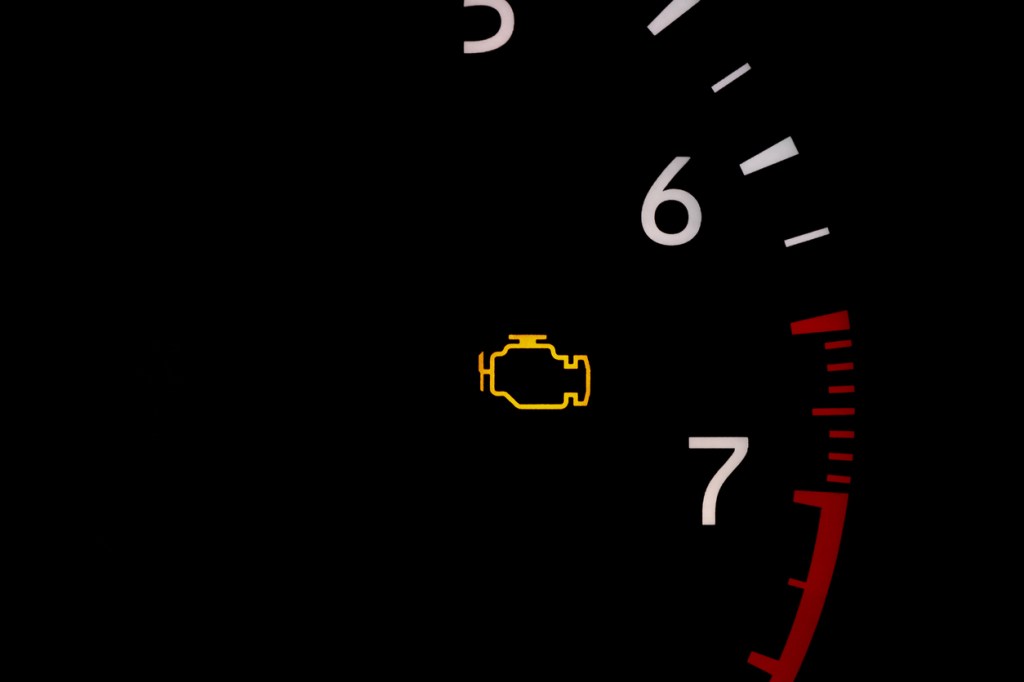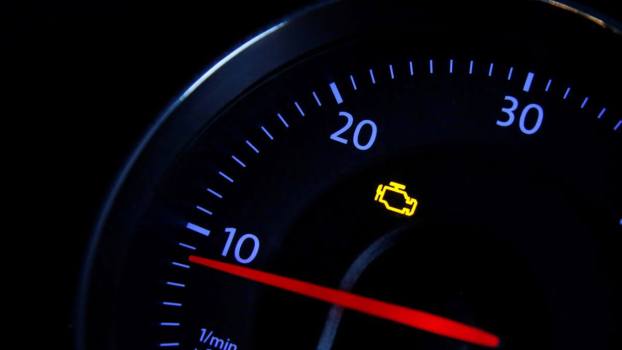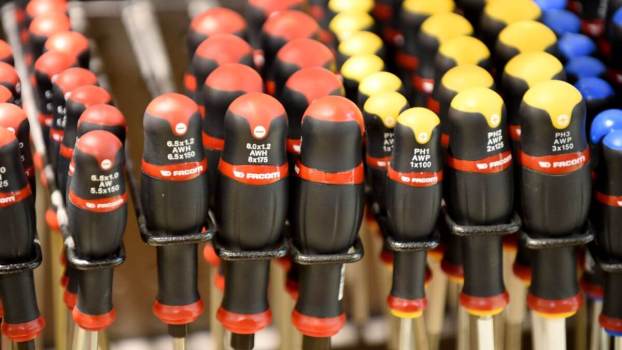
Check Engine Light On in Your Jalopy? It Could Be One of These Common Issues You Can DIY

OBD II engine codes are the five-digit string you might see on a repair estimate after that alarming engine symbol pops up on your dash. At first, it might seem like you’re reading an obscure secret language. However, these codes are actually part of a super helpful Dewey Decimal System of sorts for cars.
As an ASE-certified parts specialist and service consultant, I’ve written thousands of estimates based on check engine light (CEL) codes. Here are some of the more common fault light causes that can be easy to fix yourself.
Emissions issues – P04XX codes
Importance: Not a safety issue; may be legally required to fix based on state laws
Price range: $0-$$
DIY-ability: Low/medium skill. Some codes do require professional testing.
If you’ve ever had a continuously solid engine fault light on without any perceived change in performance, the engine control unit (ECU) is likely holding an emissions-related code.
We don’t notice any adverse behavior with an emissions fault code because most emissions system components don’t affect driveability. They’re installed on every modern vehicle to monitor the waste the car emits into the environment while operating.
These systems are finicky, often setting off your engine light over even a loose gas cap. Check your gas gap for tightness or a broken seal. If either is the case, make it right with a good twist or a new cap. Then try driving your vehicle through at least three complete, decently long drive cycles.
If it’s not a gas cap, emissions system issues range from common sensors, valves, switches, and related wiring faults all the way up to a worn-out or clogging catalytic converter. Some codes require lengthy flowcharting and smoke testing. Catalytic converters aren’t always cheap and typically require a lift; universal aftermarket converters require welding.
Oxygen sensors – P0130-P0147
Importance: Not a safety issue; may be legally required to fix based on state laws
Price range: $-$$
DIY-ability: Low skill
Oxygen sensors live in the exhaust system. They let the ECU know when to adjust the air/fuel mix for optimal performance. “Optimal performance” can mean polluting less, so often, folks will have a dash lit up with zero adverse behavior.
Due to oxygen sensors’ proximity to catalytic converters, sometimes you’ll get an oxygen sensor fault code alongside a converter code.
Occasionally you’ll see damaged wiring from the driver hitting something or an animal having a snack. The fix here is most often straightforward sensor replacement.
Oxygen sensors are threaded into the exhaust piping and typically require hand tools. Sometimes they’re pretty well threaded in, so be careful not to ruin the bung (the mounted thread plate). Soak the threads if the sensor seems stuck.
Mass airflow sensor (MAF) – P0100-P0104
Importance: May cause poor engine performance
Price range: $
DIY-ability: Low skill
If your engine light is on and there is a perceptible engine performance issue, like poor idling, you might have a dirty or broken mass airflow sensor.
For engine codes P0100-P0104, locate your mass airflow sensor in the intake. It’ll be plugged into a harness, and the sensor part will be stuck inside the air intake tube, measuring away. If the sensor’s element is dirty or not doing its thing, it’ll send all kinds of wonky readings to the ECU. The ECU won’t know what to do, so the air/fuel mix will be just as wonky, and you’ll get some obvious misbehavior.
Remove your mass airflow sensor and check the wiring and pigtail connector for fraying or other misgivings. See if the sensor element is carbon-covered. Carbon will block the element from a proper reading. Clean it off carefully and reinstall the sensor.
If you need a new one, they’re available at any parts retailer for $60-$150. Some come remanufactured and require you to return the old one to the retailer or face an extra fee, called a core charge.
Check engine lights illuminate for hundreds of reasons. These days, you can have a parts store hook up a code reader for free. Sometimes they’re able to help you identify the needed part. Or, you can hop into a code key like the one Outils OBD Facile provides. As we all know, YouTube is a wonderful resource for gauging your DIY-ability.





